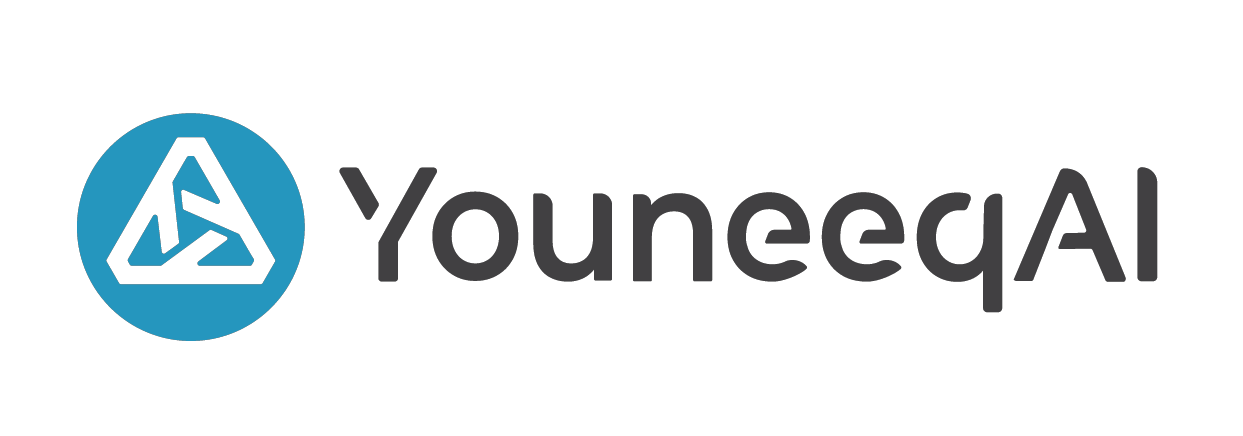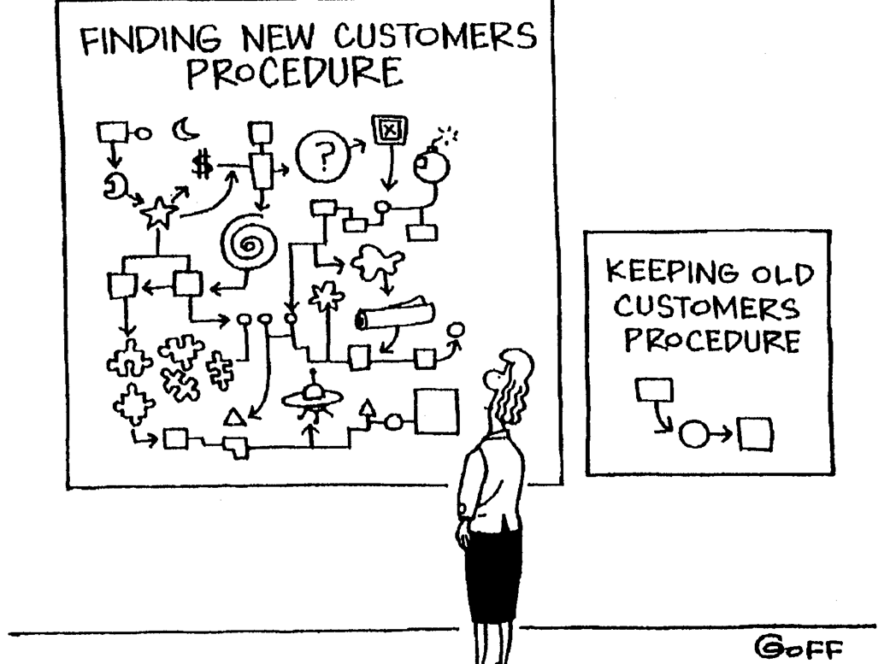
Youneeq is able to predict that “these people, like that”. We use real time behavioral machine learning to accomplish this and are producing excellent results for our digital publishers. Typical results are ~ 20% increase in revenues in 30 days. Sounds great doesn’t it?
If you are a publisher that wants to drive content consumption of your EXISTING inventory then, this is an excellent solution. More page views, longer dwell times, means increased revenues. Spoiler Alert. Behavioral machine learning does not know “who these people are” and doesn’t really know what “that” consists of. It just knows the relationship between users and content.
To be effective in ad targeting, you DO need to know who your users are, what content is attractive to them, and what ads work on them. The questions are:
1. How do you accomplish this goal?
2. Why would you choose behavioral machine learning to solve this problem?
3. How would you apply behavioral machine learning to this challenge?
The current approach that does have traction for ad targeting is building a Data Management Platform (DMP) that identifies every user and all of their information and behaviors. The problem is that no company has all of the data on all of the users and nobody ever wants this to happen. Currently DMPs are claiming 5% – 20% unique identification as users make their way across the internet. As users move down funnel, this % starts to go up. So, what do we do with the other 80%-95% of all of the users AND the fact that interests are dynamically changing, often every few minutes for 100% of the people on this planet? We need something far more adaptive. Enter behavioral machine learning. It learns up to the millisecond, is forever adaptive, and eerily accurate.
Let’s discuss the applications for behavioral machine learning in ad targeting. One major sweet spot is at the top of the funnel. Once you get further down in the funnel, it is likely that you have given some identifying information to somebody at some point. For instance you entered your personal information into a shopping cart, signed up for a digital download of a white paper, or entered the dates and looked for availability on a hotel reservation system. You will now be followed throughout the internet by ad retargeters. As you move down funnel, it is likely that a direct approach, can be effective.
However, at the top of the funnel, virtually everybody is anonymous and their interests are also anonymous. Even if you know who the user is, their current interests are unknown. This is a great place for real time behavioral machine learning. Remember we can tell that “these people, like that”.
It Is The Same Problem
Whether the content is an article or an ad, with sufficient traffic, behavioral machine learning will learn very quickly, that “these people, like that”. Articles, photographs, ads, apps, etc. are simply content tags. As users click on ads, the algorithm will learn that “this ad presented in this context gets clicks”. This is a very simple, elegant way to deal with the top of the funnel.
Moving The User Further Down The Funnel
As users move thru the internet, quite often their identity does surface. Depending on who you talk to this can be anywhere from 5% – 20% of the time. You have just identified a training set. You can now train your algorithms for the 80% – 95% that you do not know, to present ads that are similar to what the 5% – 20% are receiving. There are some major advantages to this.
Privacy and Regulatory Issues
While every marketer would like every person to be permanently wired to the marketer’s database, people really don’t like this. Regulatory agencies and law are responding to make many practices that were common in the past, now illegal without express permission. A good example of that are cookies on European websites. You now have to tell the user and get their express “click” permission to use them. It is not clear that that identifying every user uniquely and tracking them is a good idea nor one that will be allowed going forward. However, making educated accurate guesses about their interests is something that has traditionally been allowed and there is no reason to believe that this will not be allowed in the future. That is what behavioral machine learning algorithms can do with a training set. Learn from the users that have given express permission, find commonality with anonymous users or with known users with unknown interests and very accurately serve up the right ad, at the right time, in the right context.
Segment Mapping
When we talk to companies with Digital Management Platforms (DMPs) one of the first questions they will ask, is how do we define our segments? A segment refers to some group of users. The chances of anybody’s segments exactly lining up with a third party’s segment are slim and none. The major reason is that marketers believe that segmentation is their secret sauce. Publicly disclosing this would irreparably harm your company, inform your competition, cheapen your value, and lessen your competitive advantage. With behavioral machine learning, we can dynamically segment our personas (segments) to exactly match the DMPs requirements. All that we need is an ID Synch, that as a by-product creates a training set.
ID Synch Begets a Training Set
What is an ID Synch? It is taking information from the two DMPs and creating a unique connection between the two data sources. Sometimes this is straight forward. Sometimes, advanced statistical techniques need to be applied. With the plethora of information that is being captured, ID Synchs are accomplished millions of times every day. By doing an ID Synch, you can take information from the DMP, compare it to Youneeq’s information and uniquely identify that individual within Youneeq. You now have your training set. You can now dynamically place everybody in Youneeq’s DMP exactly in line with the ad tech company’s DMP (read dynamic segmentation).
Dynamic Segmentation
Wow this last paragraph was short, but powerful. Do not think about pedantically making a link for all users. Think about the ability of behavioral machine learning to learn about your segments and to simply place Youneeq’s users in your segments (dynamic segmentation). No difficult programming exercise, no worries about changing your DMP and having follow on effects. The behavioral machine algorithms by their very nature, will adjust. You now have a very powerful tool, to get the right ad, to the right user, at the right time.




